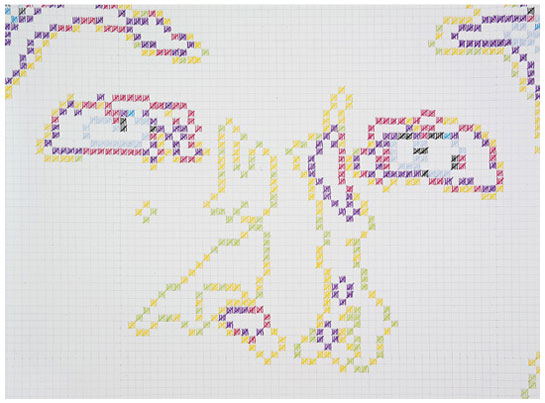Review: Es hat sich alles einfach so ergeben by Saskia Schüler

First things first: That’s not the cover of Saskia Schüler’s Es hat sich alles einfach so ergeben [Things just happened that way]. Turns out finding the actual cover larger than postage-stamp size online is… errrr… impossible - as is finding a website for the artist other than this one, which in terms of making the work look terrible is a resounding success. Oh, and this isn’t even photography. Given I got that out of the way, I might as well talk about the book. (more)
I have the feeling that at some stage, we’ll stop talking about photography as something that is completely separate from other forms of visual art. Instead, we will simply accept it as a form of image-making, with at best a fuzzy boundary where photography ends and, for example, computer-generated images start. At that stage, what we think of today as “straight” photography will sit somewhere in a huge matrix of image-making. We will probably call it photography, and we will know (and understand) that its images are as real (or not real) as computer-generated images. We will all laugh heartily at our old selves having debates about how much Photoshop we want to allow etc.
If we think about image making, Schüler’s connection to photography or computer-generated imagery is obvious: Hers are images that often are clearly derived from photography or that look, for lack of a better word, pixellated. Take her latest work, for example Er hat immer für sie gekocht (German artists seem to love nothing more than a) pretending that the internet does not exist and b) coming up with mock-serious [or serious? I can’t tell] titles for their art works). Its basis is a b/w photograph of the interior of a fridge. Part of that photograph have been turned into a separate image, in which the artist used tiny iron-on beads to recreate (or maybe transform) part of the original photographic image into a different kind of image.
Most of Schüler’s art pieces work this way, using very small grids filled with either iron-on beads, seemingly endlessly repeated short phrases (using different colours to create the final image), or rows and rows of repeated patterns, applied with pencils. It’s not hard to see how here it’s not clear how to divide art and obsession.
What is striking about Es hat sich alles einfach so ergeben is how well the resulting images work. It is important to realize that the fact that the work was created in such an obsessive way is not what makes it. The concept itself is not revolutionary, either. Instead, Schüler shows us a different way to produce images, one that ultimately is not so far from photography - either conceptually or the way it was produced (using photographs as source images).
Maybe this is another way to look at this all: Is photography dead? Yes, it is - in the sense of it being a form of image making that is detached, separate from other forms of image making. No, it isn’t - it has actually just got interesting.
Oh, and Es hat sich alles einfach so ergeben (a hardcover!) can be had for 19 Euros - which is around 25 bucks. You might have to order it online, somewhere in Germany, though.
Es hat sich alles einfach so ergeben, art work by Saskia Schüler, 64 pages, Kehrer, 2010